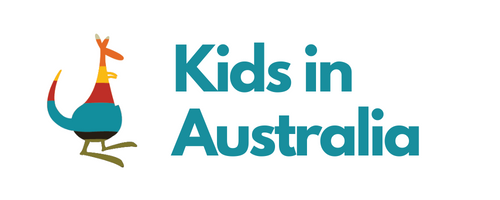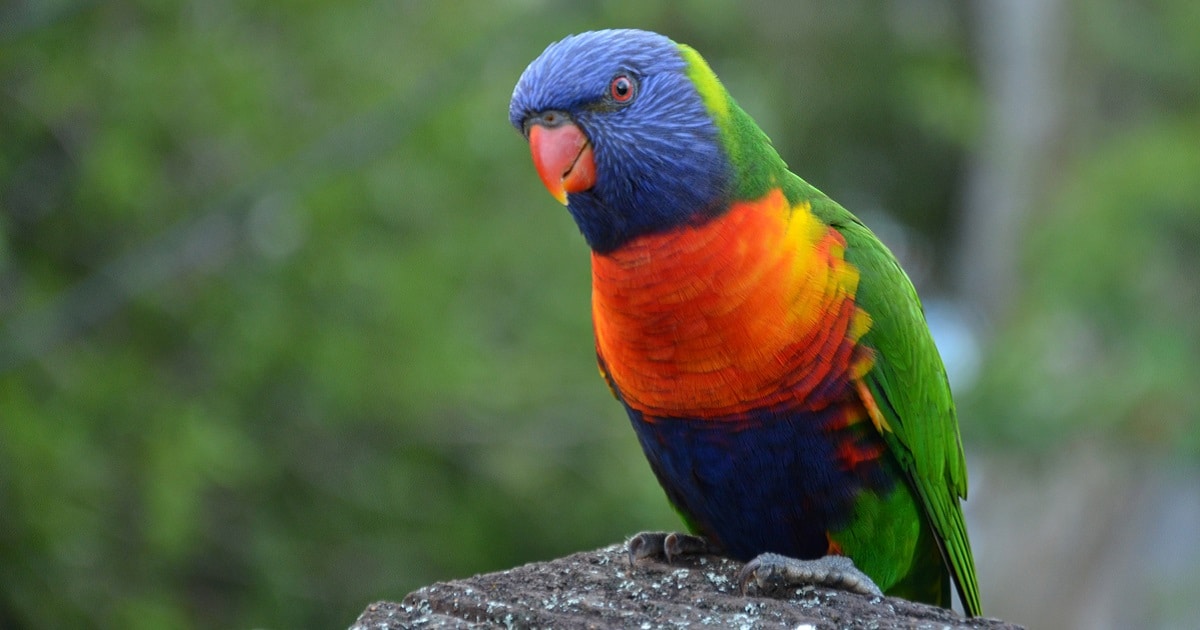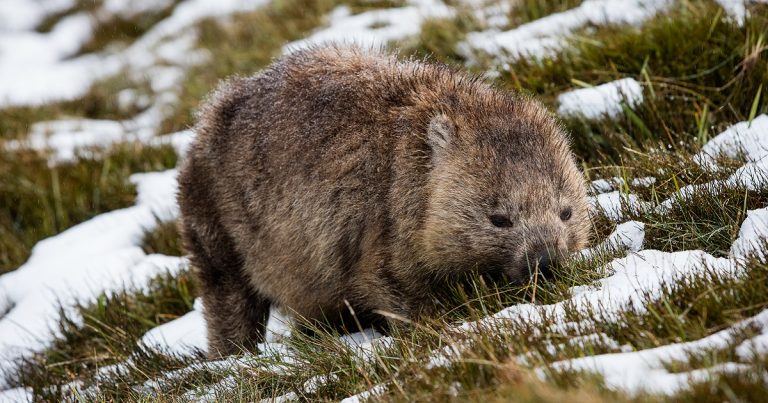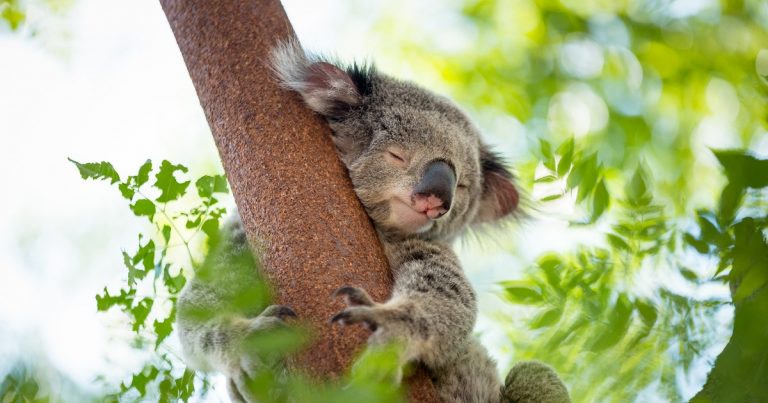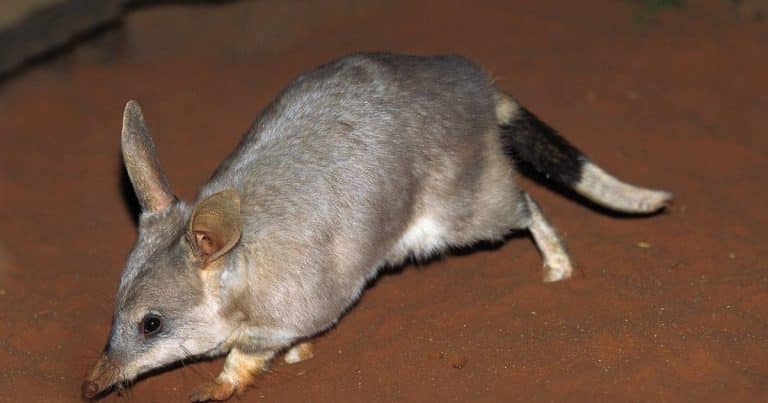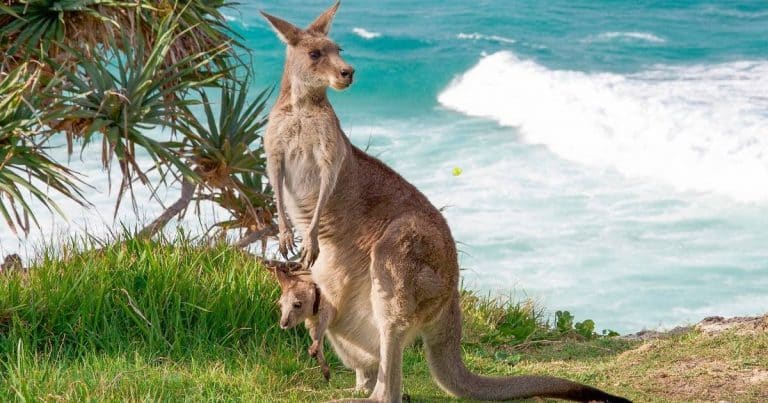Interesting facts for kids about Rainbow Lorikeets
Getting their name from their beautiful, bright and colourful feathers, the noisy but spectacular rainbow lorikeet is a firm favourite of Australian birds. Hugely territorial, they mate for life but are also pretty tame and game when visiting our backyards and decks. To learn more interesting facts about these spectacular birds, check out our interesting facts for kids about Rainbow Lorikeets.
Interesting facts for kids about Rainbow Lorikeets
We have tried to capture interesting facts about Rainbow Lorikeets that you can reliably use in school projects. The Rainbow Lorikeet is an iconic Australian bird mainly due to its loud squawking and rainbow-coloured feathers.
Ten quick facts about Rainbow Lorikeets
- Rainbow lorikeets, which belong to the parrot family, typically grow to approximately 30cm in size, including their tail.
- Their vivid and colourful plumage, as well as their red beaks, are the reason for their name.
- Featuring brush-tipped tongues for feeding on nectar and soft fruits, rainbow lorikeets are known to be highly social, active, and noisy birds.
- Mostly monogamous, rainbow lorikeets remain paired for extended periods, if not for life.
- With impressive flying abilities, rainbow lorikeets can travel up to 30 km daily between their feeding and roosting locations.
- Their preferred roosting places can be crowded with hundreds of birds, often spotted at dusk.
- Rainbow lorikeet offspring are referred to as chicks.
- The rainbow lorikeet can learn a wide range of words.
- During mating season, males use various methods such as hanging upside down, head bobbing and bowing, and prancing to attract a female.
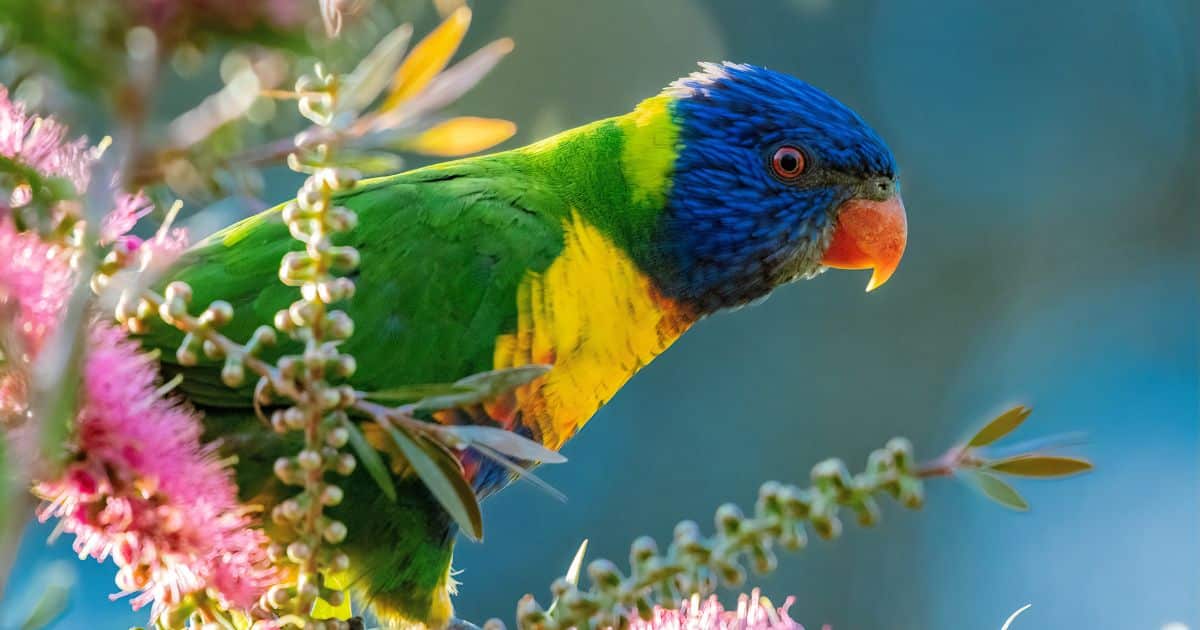
Collective noun for Rainbow Lorikeets
The collective noun of a group of rainbow lorikeets is known as a ‘flock’.
What is unique about Rainbow Lorikeets
Rainbow lorikeets are intelligent and friendly birds known for their engaging personalities and loud tunes. They have the remarkable ability to learn and mimic a vast vocabulary of words. These birds are also monogamous, forming long-lasting partnerships with their chosen mate.
To feed on nectar and soft fruits, rainbow lorikeets have evolved brush-tipped tongues that enable them to feed from the flowers of approximately 5,000 plant species.
Rainbow Lorikeet appearance
The rainbow lorikeet is a medium-sized parrot, growing to about 30cm, including the tail. Their plumage is extraordinarily bright and colourful (which is where they get their names from). Their head is deep blue with a greenish-yellow nuchal collar, and the rest of the upper parts (wings, back and tail) are deep green. The chest is red with blue-black barring. The belly is deep green, and the thighs and rump are yellow with deep green barring. They also have bright red beaks.
Where do Rainbow Lorikeets live
Rainbow lorikeets are found in many habitats, including dry and tropical rainforests and coastal regions across northern and eastern Australia. They nest in hollow limbs of eucalypt trees on chewed, decayed wood. They thrive pretty well in urban environments, and mass flocks can often be seen (and heard) in trees outside shopping centres in Australia especially at dawn and dusk.
What do Rainbow Lorikeets eat
Rainbow lorikeets feed mainly on pollen and nectar from Australian native trees like Eucalypts. They are known to eat orchard fruit and berries. They will also indulge in high-protein insects like caterpillars and various bugs.
How long do Rainbow Lorikeets live
A wild, adult rainbow lorikeet can expect to live for around 20 years of age.
Rainbow Lorikeets adaptations
Rainbow lorikeets possess a tongue adapted especially for their particular diet. The tip of their tongues has tufts of papillae (extremely fine hairs), which help collect nectar and pollen. They can feed from the flowers of about 5,000 species of plants and use their specialized tongues to take the nectar.
Are Rainbow Lorikeets endangered?
According to the annual Birdlife Australia census, it is Australia’s most commonly observed bird. It is therefore considered to be of least concern by BirdLife International. That said, recently, a mystery illness has been impacting the rainbow lorikeet and causing paralysis. If you come across a paralysed Rainbow Lorikeet in Australia, you should reach out to the RSPCA or other relevant wildlife authority so they can investigate.
Can Rainbow Lorikeets be a pet?
You can own a rainbow lorikeet as a pet in Australia, provided they have been acquired through the proper channels. However, keeping a wild rainbow lorikeet as a pet in Australia is illegal. We recommend only seeking rescue organisations if you wish to keep a Lorikeet and not encourage the continued domestic breeding of this native species.
Baby Rainbow Lorikeets facts
- A baby rainbow lorikeet is called a ‘chick’.
- Chicks have duller plumage than adult rainbow lorikeets.
- Chicks have brown eyes instead of black and a black beak instead of bright red/orange.
- The female lays a clutch of up to 3 eggs, which she incubates for around 25 days.
- When the chicks hatch, they are altricial (helpless) and are tended to equally by both parents.
- Rainbow Lorikeets fledge at around 8 weeks of age but continue to be fed by their parents for another 2-3 weeks
Kids’ books about Rainbow Lorikeets
There are some wonderful books about Rainbow Lorikeets, including:
Rainbow Lorikeets, The Complete Owner’s Guide on How to Care For Rainbow Lorikeets
Facts About The Lorikeets (A Picture Book For Kids)
More interesting facts about Rainbow Lorikeets
Australian Museum – Rainbow Lorikeet
Ngaire
Latest posts by Ngaire (see all)
- 10 Games to Play on Christmas Day in Australia - October 7, 2024
- Nocturnal Australian Animals that Live in Cities - June 23, 2024
- Ideas to celebrate Earth Day in Australia - August 20, 2023
